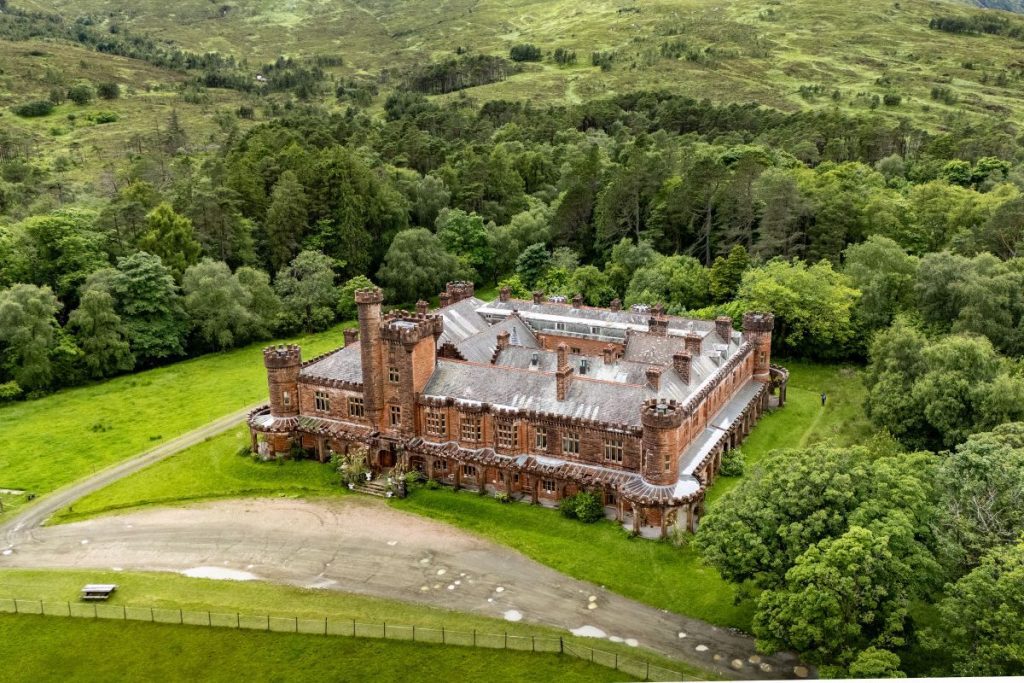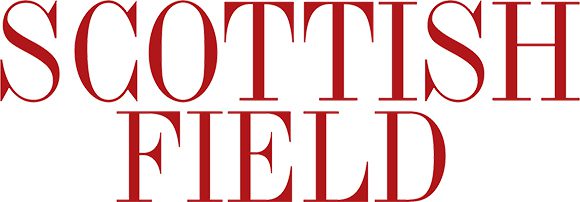
A new dawn? Isle of Rum’s Kinloch Castle back on the market after locals agree sale
It was once an opulent Edwardian mansion, built for Sir George Bullough as a Highland hideaway for industrialists in the 18th century. But now, after years of failed attempts to find a new owner, Kinloch Castle on the Isle of Rum is back on the market.
The dilapidated A-listed building fell into decline after World War One and was taken over in the 1950s by NatureScot.
City financier and former Tory donor Jeremy Hosking almost bought the decaying castle a few years ago, but the sale was paused following intervention from then Scottish Government minister Lorna Slater following concern from islanders.


But fresh research has found the majority of islanders agree the castle should be sold, in order to be redeveloped and brought back into operational use, and it’s now back on the market for offers over £750,000 with estate agents Savills.
Research carried out by the Scottish government’s Rural and Environment Science and Analytical Services (Resas) said islanders had proposed a number of conditions on the sale. They include active community involvement in the property and the new owner adhering to land access rights.
‘Through this study, islanders made it clear that the most important aspect of any sale is a long-term commitment to contribute to the community and nature on the island.,’ Chris Donald from NatureScot said.
‘We are therefore asking prospective buyers to set out, alongside their offer, how they plan to use the castle and grounds and how they will support the nature, sustainability, culture and economy of the Isle of Rum.
‘For the right buyer, this offers a rare opportunity to be part of Scotland’s heritage by restoring an iconic building and grounds which are of historical and cultural importance to the Isle of Rum and beyond.’

The castle today
Set within 18 acres, Kiloch has exceptional architectural heritage, dramatic setting, and expansive grounds. Savills said it offers transformative potential – whether as a private home, boutique retreat, or cultural venue.
‘Kinloch Castle is one of those rare properties that captures the imagination the moment you arrive,’ Diane Fleming of Savills said.
‘Its architectural splendour, dramatic island setting and rich history offer something truly special.
‘This is more than a sale – it’s an opportunity to become part of the next chapter in a remarkable story, and we look forward to helping find the right custodian to bring Kinloch back to life.
The castle has seven principal reception rooms, 20 bedrooms, original interiors including ballroom, library, and orchestrion, historic walled gardens, formal terraces, ornamental gardens, and woodland walks.

The contents of the home are also included in the sale and are said to reflect Sir George Bullough’s global travels and refined taste.
Treasures include a 1900 Steinway grand piano, Japanese lacquer cabinets, Indian brass tables, and towering incense burners. Lady Monica’s drawing room features silk wall hangings and an 18th-century lantern clock.
The Empire Room holds Napoleonic engravings and the library contains leather-bound travel journals and horse racing memorabilia. Even the guest bedrooms, with oak-panelled four-poster beds, blend comfort with grandeur.
Kinloch through the ages
The Isle of Rum has a rich and layered history, from Neolithic settlement and Norse influence to the Lords of the Isles.
Following the Highland Clearances, the island was purchased in 1845 as a sporting estate.
In 1888, it was the domain of the industrialist John Bullough, and later inherited by his son George, who commissioned Kinloch Castle as a lavish summer retreat.
Completed around 1900, the castle was a marvel of its time, featuring electric lighting powered by a water turbine, central heating, double glazing and one of Scotland’s earliest private telephone systems.


The interiors were richly appointed with European hardwoods, imported marble, and exotic artefacts.
The grounds included formal gardens, a Japanese garden, a bowling green, a nine-hole golf course, and hothouses growing tropical fruit.
Exotic animals – including hummingbirds, turtles, and reportedly alligators – were introduced.
Kinloch Castle became a glittering centre of Edwardian high society, hosting politicians, industrialists, and stage stars.
The First World War marked the end of its golden age. George Bullough died in 1939 and the island was sold to the Nature Conservancy in 1957.
Read more Homes & Garden stories here.
Subscribe to read the latest issue of Scottish Field.
TAGS

